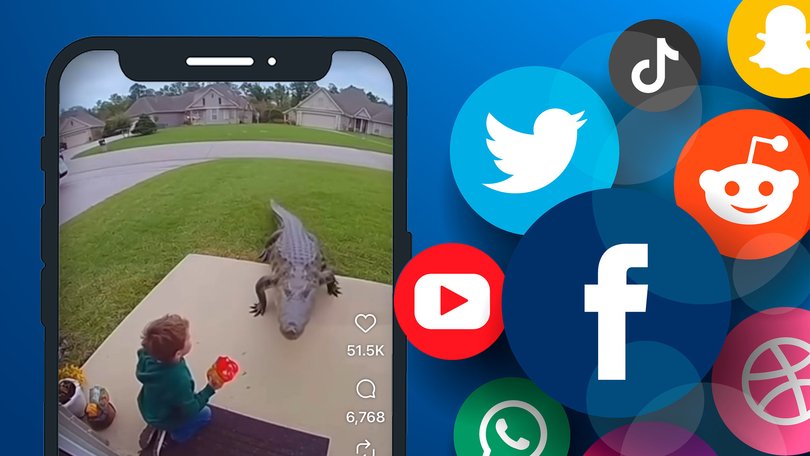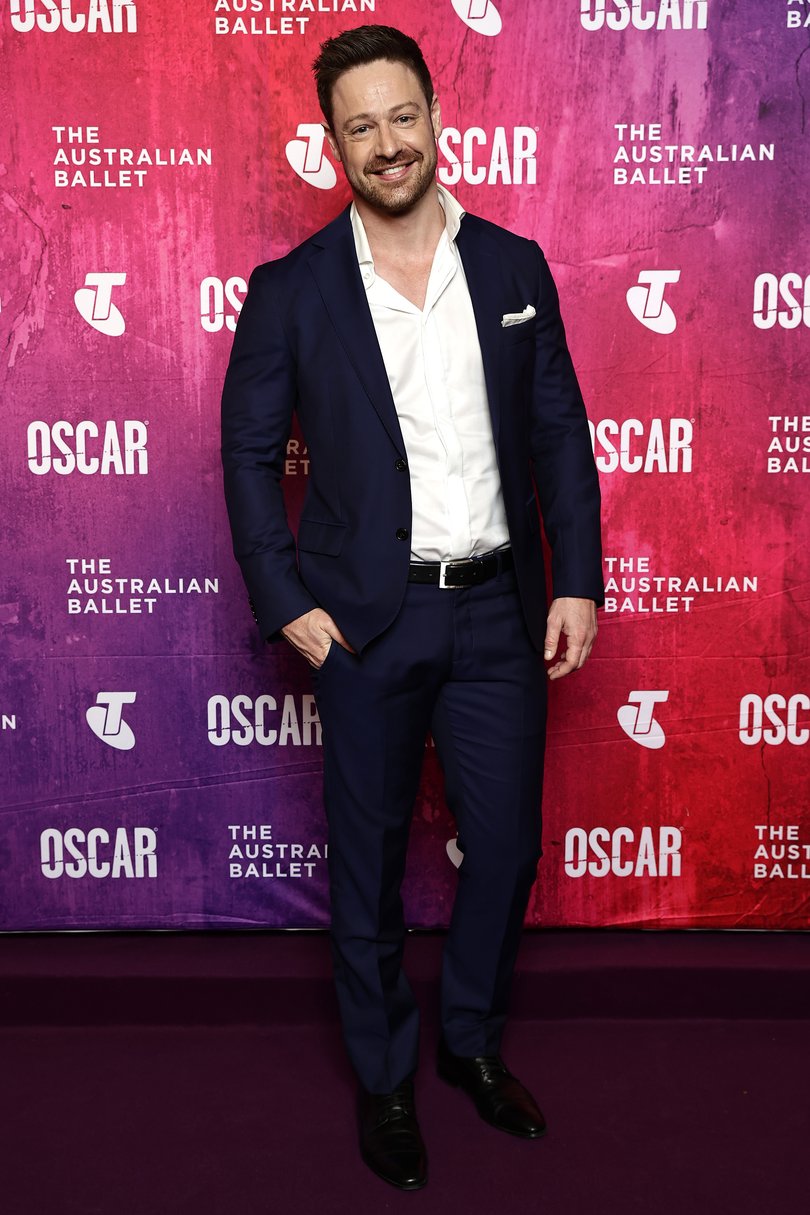Viral AI videos may seem funny and cute, but it leads to something much darker

There are some crazy viral videos going around in the past couple of weeks. One is of a crocodile making its way up to a child on a front porch. Another is a cat being dive-bombed by an eagle, and then defended by a goat.
These videos, or versions of them, were seemingly captured on a doorbell camera, or a similar consumer-use CCTV. They look grainy and a little far away. In other words, they look real. Only they’re not.
They’re fake and generated by AI, and have been proliferating since the release of Sora 2, an AI-generating video software from OpenAI, which while sucking up masses of power and often blithely infringing on copyright material, is easy-to-use and accessible.
Sign up to The Nightly's newsletters.
Get the first look at the digital newspaper, curated daily stories and breaking headlines delivered to your inbox.
By continuing you agree to our Terms and Privacy Policy.“You can see where it starts to blur reality and deep-fake imagery to a point that it’s super accessible and super easy to do,” science communicator and media personality Dr Matt Agnew said during a session about social media at SXSW Sydney.
While these fun, viral video of animals are fairly innocuous and benign in and of themselves, what it could directly lead to is a greater lack of distinction between real and fake in general.
“The proliferation of misinformation was really evident during Covid,” Dr Agnew said. “I’m obviously not an epidemiologist but being able to read and digest scientific journal articles and understand what they’re actually saying in the context of it being written in a journal, means that you can glean what’s happening in that article to actually debunk misinformation.”
He added that even though he did that, he was constantly accused by trolls online of being paid by Big Pharma.
“Trying to debunk misinformation is really hard,” he continued. “There’s this thing called the Bullsh-t Asymmetry Principle, which is basically the effort it takes to debunk bullsh-t is 10 times more than the effort to actually create bullsh-t.
“So, that’s really challenging on social media, and it’s probably 100 times now with AI.”
Dr Agnew also brought up the Dead Internet Theory, which posits that there will be a tipping point where almost all traffic and usage online is bots and not people, and he estimated that currently, we’re already sitting at 50 per cent.
For real humans to better tell if they’re engaging with someone real or a line of code, he suggested that regulation needed to be much faster to be in line with technological change.
One solution could be digital rights management or metadata attached to photos, “or something that when you’ve generated something with AI, there’s an artefact, probably an invisible one, but a way you can very quickly discern that it’s AI”.
But who makes that decision and who enforces it is part of the larger challenge, especially if government controls impede on influential tech companies’ profitability.

The session, “Likes, lies and loneliness” also considered whether it’s possible to make genuine connections over social media, and on this, Dr Agnew and his co-panellist Shilpa Mohan, founder of a procurement business, disagreed.
Ms Mohan said she actually liked social media. As someone from a non-white cultural background growing up in Adelaide, she found very people in her day-to-day life that reflected her own experiences.
“(Social media) makes me less lonely,” she said. “What it did for minority groups and people in various corners of the world is it created a sense of community. That’s something we all really lacked as we grew into a global (world), we lost that community.
“We used to grow up in villages, we had neighbours, we used to get milk and eggs from the people next door. We don’t do that anymore. Now we get it from someone named John on Uber. We don’t have that sense of community, but what social media did for me, was it gave me back that community.”
On the opposing side, Dr Agnew said social media has made him more lonely, at least online.
“Over the six years I have used social media, it’s part of my job, I’ve only made connections with two people that I consider friends. But what it does do, as far as my understanding of that is being aware of it, is it means that I can pull more energy and focus on nurturing my real friendships and relationships.
“Anything you see on social media of people at events, or hanging out with a lot of people at these sorts of gatherings, and anything that isn’t their actual friends, is all facade, and it’s not really a representation of connections.”

